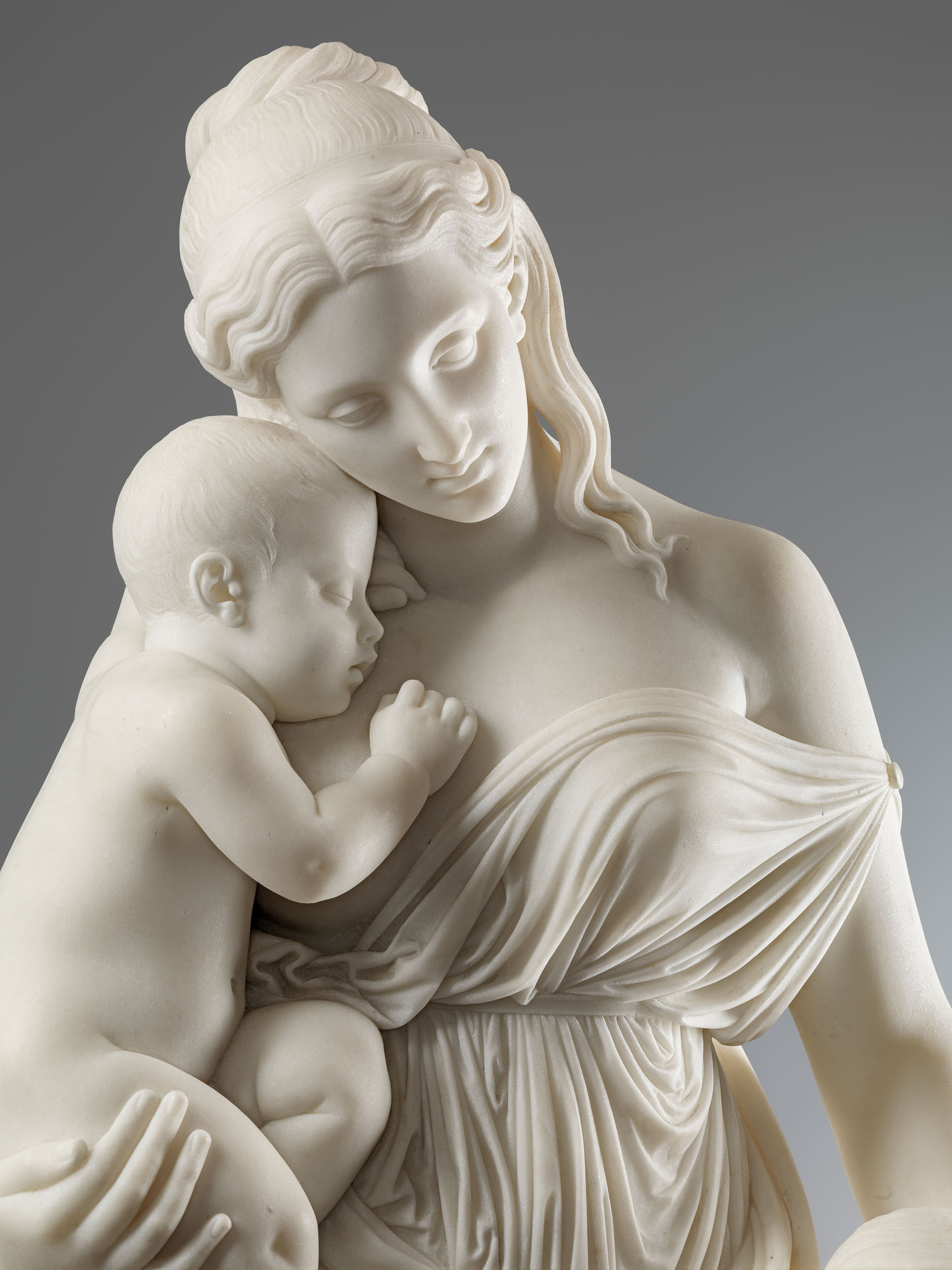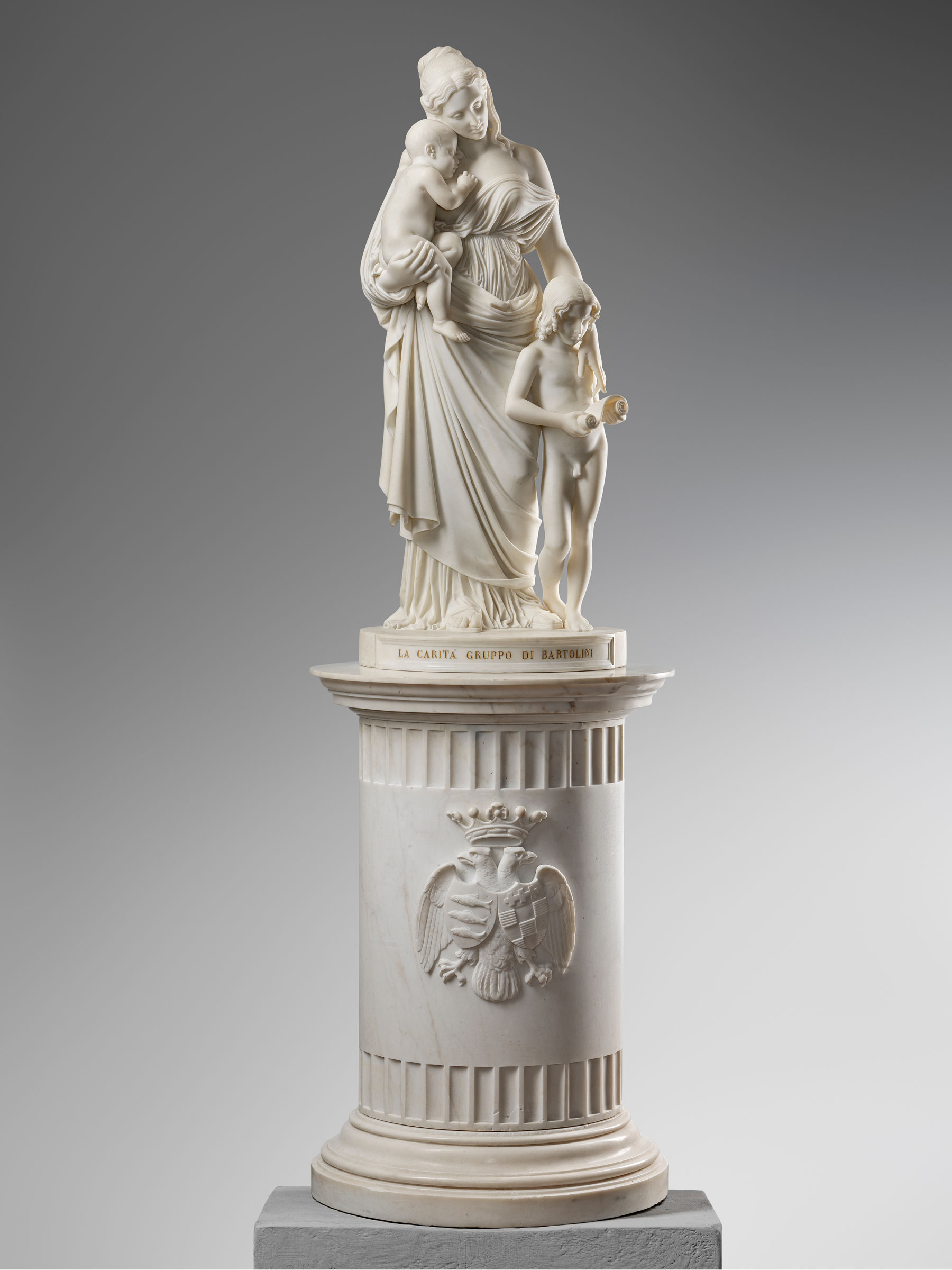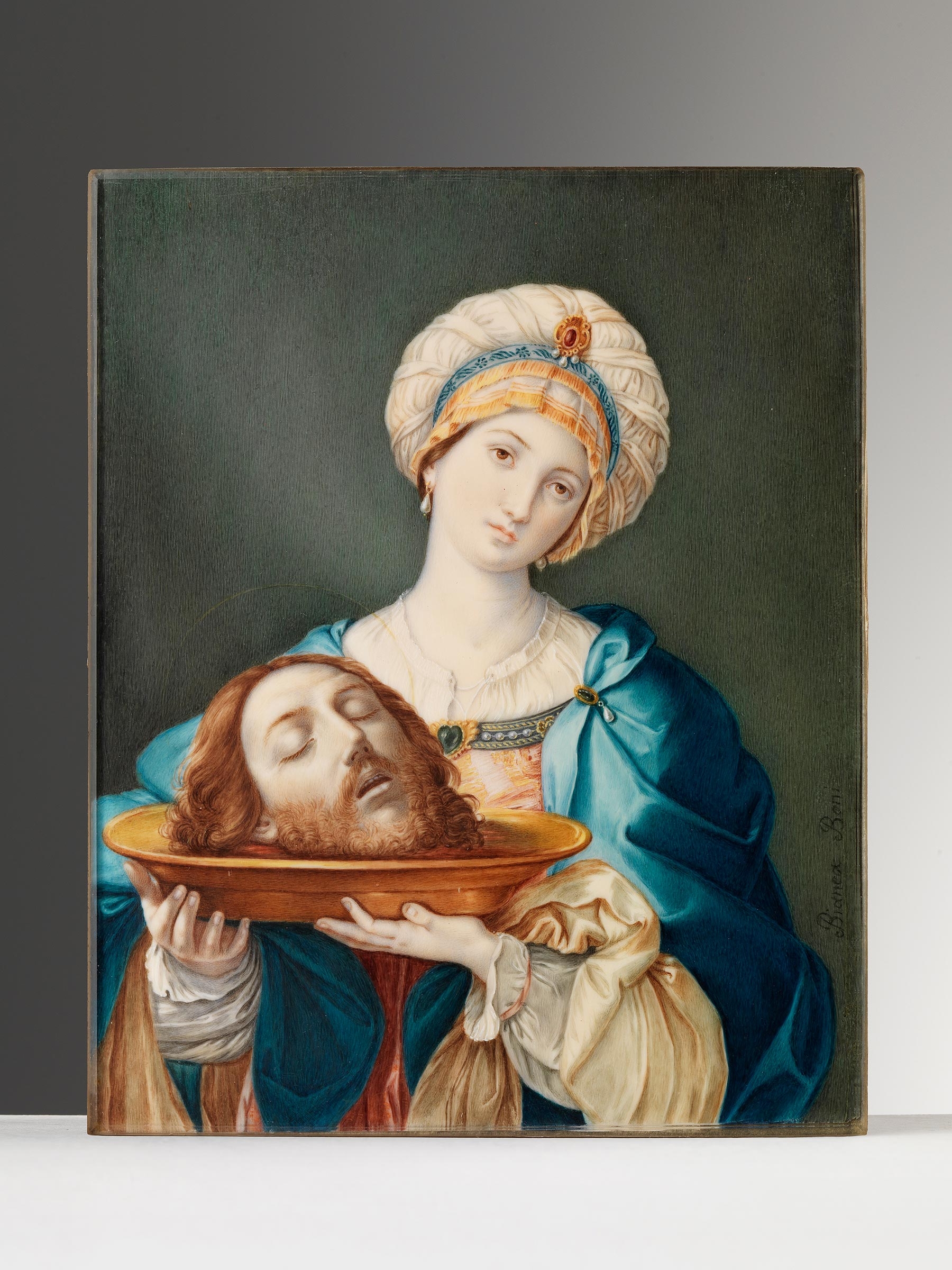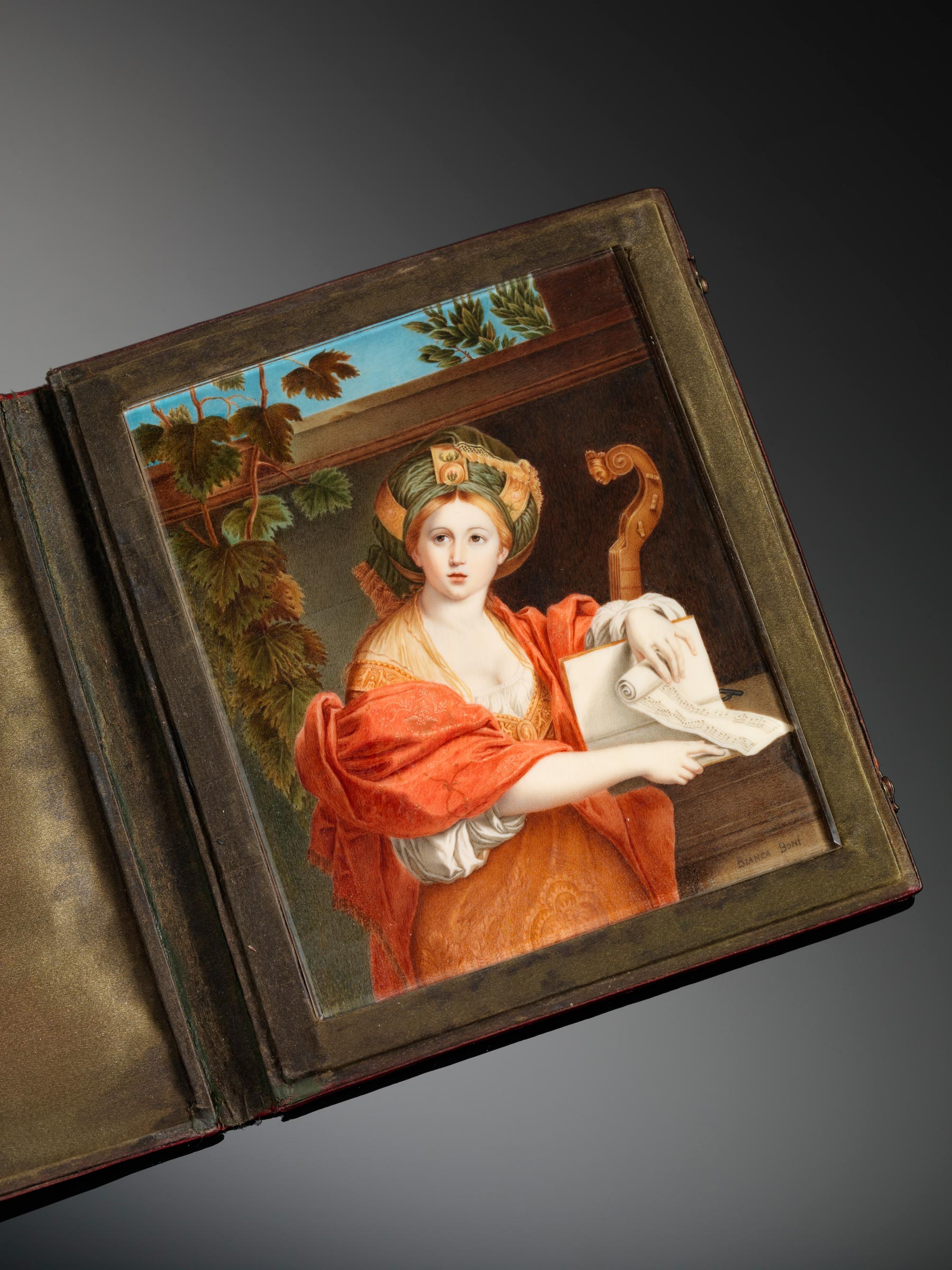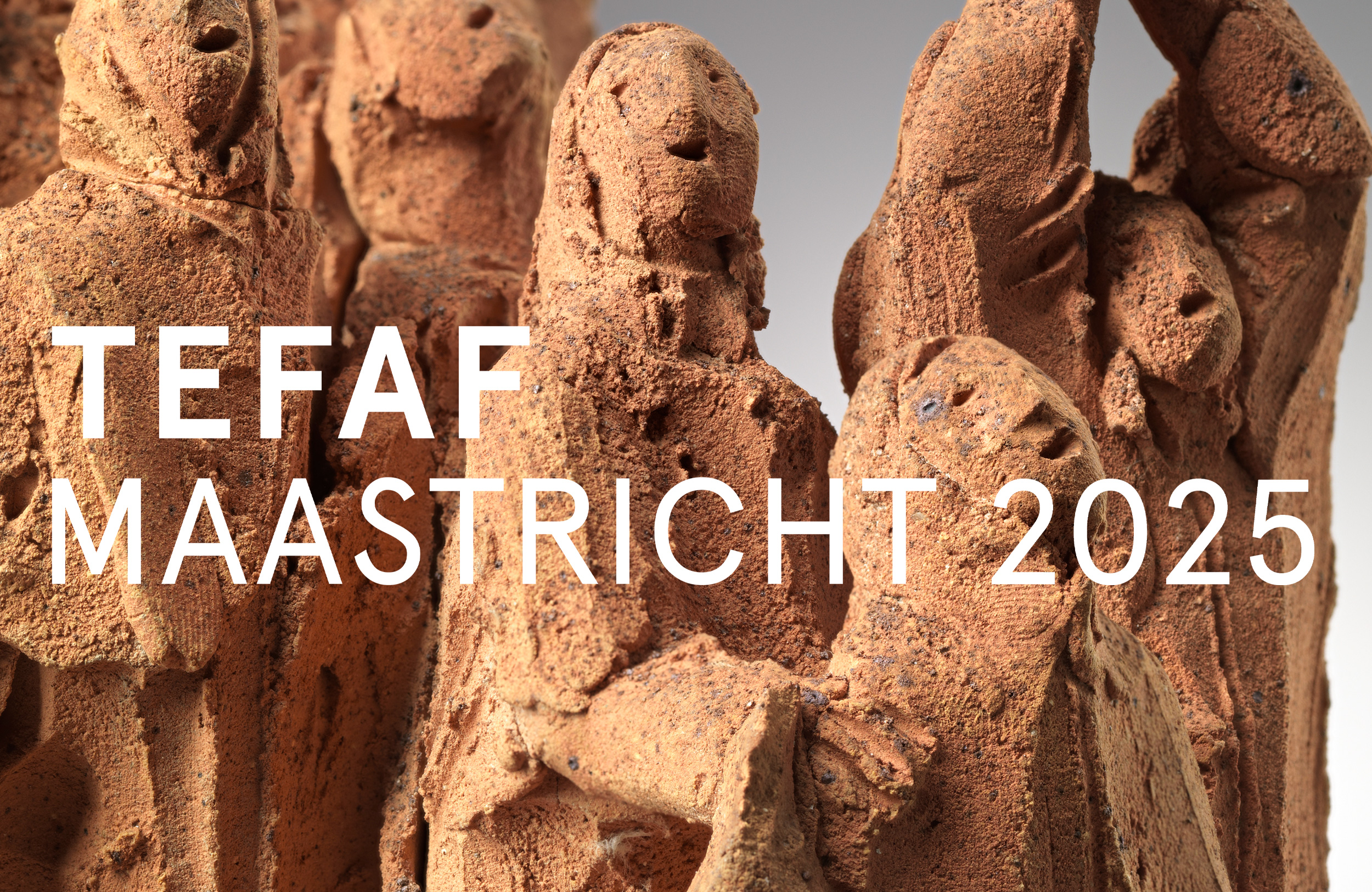
Uniqueness, Reinterpretation, and Memory: Sculptures and Miniatures at TEFAF 2025
Among the sculptures we will be presenting at TEFAF Maastricht 2025, one of the highlights is a terracotta by Arturo Martini, the Female Choir (circa 1934). This is a unique piece, never reproduced in other materials. A deeply evocative and poetic work, the Choir was gifted by the artist to Antonello Falqui (1901–1974), an avid collector but, above all, a key figure in Italian literary criticism of his time. The sculpture will be included in the forthcoming Catalogue Raisonné of Arturo Martini by Nico Stringa.
Nearly a century earlier, Lorenzo Bartolini created the marble group Charity (1846). This sculpture is a scaled-down version of the celebrated Charity the Educator, commissioned from Bartolini in 1817 by Ferdinando III, Grand Duke of Tuscany, for the chapel of Villa di Poggio Imperiale. The marble was completed in 1835, and the new Grand Duke, Leopoldo II, deeply moved by the extraordinary beauty of the work, decided to display it in his residence at Palazzo Pitti, where it remains to this day. More recently, it was exhibited alongside the plaster version held at the Gipsoteca Bartolini in the Galleria dell’Accademia in Florence as part of the exhibition Il volto e l’allegoria. Sculture di Lorenzo Bartolini, curated by Carlo Sisi and hosted by the Fondazione Luigi Rovati in Milan. The domestic scale of this sculpture reflects Bartolini’s practice of producing smaller replicas of his most celebrated works, intended for his distinguished patrons.
Completing this selection are two exquisite miniatures by the renowned Roman artist Bianca Boni, a member of the Accademia di San Luca. The miniatures depict Salomé with the Head of John the Baptist, after a painting by Guido Reni (1575–1642), and The Cumaean Sibyl, after Domenichino (1581–1641), two painters renowned for their mastery of the Ideal of Beauty that was timeless and thus eternally contemporary. These miniatures are precious souvenirs of the Grand Tour era, when wealthy upper-class travelers embarked on long journeys across Europe to admire the past with nostalgia, but also to experience the present. The production of d’après miniatures, which allowed collectors to assemble actual pocket-sized galleries, satisfied their desire to bring home the immovable masterpieces seen in Italian museums.


